
Holmenkollen: The Alpine Jewel of Oslo
Discover Holmenkollen: Oslo's premier destination for skiing history, breathtaking views, and outdoor adventure in the heart of Norway's natural splendor.
Perched high above Oslo, Holmenkollen is a captivating blend of natural beauty, rich history, and thrilling outdoor activities. As one of Norway's most famous landmarks, this neighbourhood offers breathtaking panoramic views of the city and the Oslofjord, making it a must-visit destination for any traveler. Holmenkollen is best known for its iconic ski jump, which has been a fixture of international ski competitions since the late 19th century. The Holmenkollen Ski Museum, the world's oldest of its kind, invites visitors to explore over 4,000 years of skiing history and offers a unique perspective on Norway's deep-rooted skiing culture. For those seeking adventure, the ski jump tower provides an exhilarating experience with its observation deck, where the view is nothing short of spectacular. Beyond its winter sports allure, Holmenkollen is a gateway to the Nordmarka forest, an expansive area perfect for hiking, cycling, and picnicking. The serene trails through dense woodlands and past pristine lakes offer a peaceful escape from the urban bustle. In the summer, the lush greenery and fresh air provide the perfect backdrop for outdoor enthusiasts and nature lovers alike. Holmenkollen is also home to several charming eateries and cafes, where you can indulge in traditional Norwegian cuisine while soaking in the stunning scenery. Whether you are a history buff, an adrenaline junkie, or simply looking for a tranquil retreat, Holmenkollen promises an unforgettable experience.
Local tips in Holmenkollen
- Visit the Holmenkollen Ski Museum early in the day to avoid crowds and get the best views from the observation deck.
- Dress in layers and wear comfortable shoes, especially if you plan to hike through the Nordmarka forest.
- Check the weather forecast before your visit, as conditions can change rapidly in the mountains.
- If visiting in winter, consider renting skis or a snowboard to fully experience the local winter sports culture.
- Take the Oslo Metro (Line 1) to Holmenkollen station for a scenic and convenient journey.
Holmenkollen: The Alpine Jewel of Oslo
Perched high above Oslo, Holmenkollen is a captivating blend of natural beauty, rich history, and thrilling outdoor activities. As one of Norway's most famous landmarks, this neighbourhood offers breathtaking panoramic views of the city and the Oslofjord, making it a must-visit destination for any traveler. Holmenkollen is best known for its iconic ski jump, which has been a fixture of international ski competitions since the late 19th century. The Holmenkollen Ski Museum, the world's oldest of its kind, invites visitors to explore over 4,000 years of skiing history and offers a unique perspective on Norway's deep-rooted skiing culture. For those seeking adventure, the ski jump tower provides an exhilarating experience with its observation deck, where the view is nothing short of spectacular. Beyond its winter sports allure, Holmenkollen is a gateway to the Nordmarka forest, an expansive area perfect for hiking, cycling, and picnicking. The serene trails through dense woodlands and past pristine lakes offer a peaceful escape from the urban bustle. In the summer, the lush greenery and fresh air provide the perfect backdrop for outdoor enthusiasts and nature lovers alike. Holmenkollen is also home to several charming eateries and cafes, where you can indulge in traditional Norwegian cuisine while soaking in the stunning scenery. Whether you are a history buff, an adrenaline junkie, or simply looking for a tranquil retreat, Holmenkollen promises an unforgettable experience.
Iconic landmarks you can’t miss
Holmenkollbakken
Discover Holmenkollbakken, Oslo's iconic ski jumping hill, where breathtaking views meet rich cultural heritage in the heart of Norway.
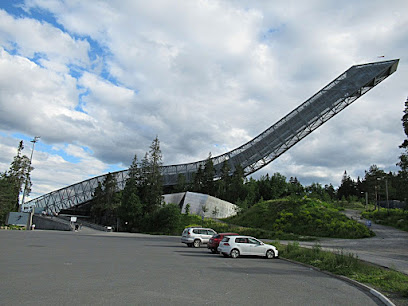
Holmenkollen Ski Museum
Discover the Holmenkollen Ski Museum: A historical journey through skiing's evolution with breathtaking views of Oslo.
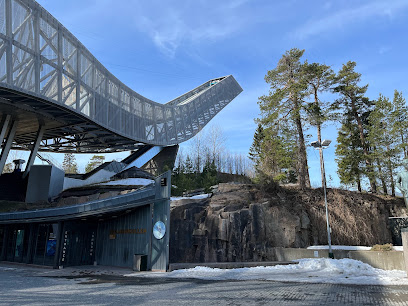
Kollensvevet Zipline & activities in Holmenkollen
Experience the breathtaking thrills of Kollensvevet Zipline in Holmenkollen, Oslo, where adventure meets stunning natural beauty.
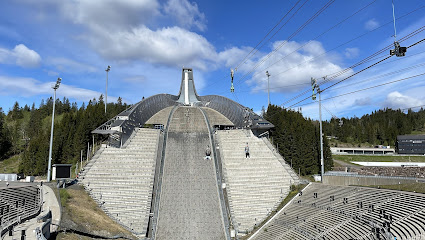
Holmenkollen leir
Discover the historical charm of Holmenkollen leir, a serene escape in Oslo with stunning views and rich Norwegian culture.
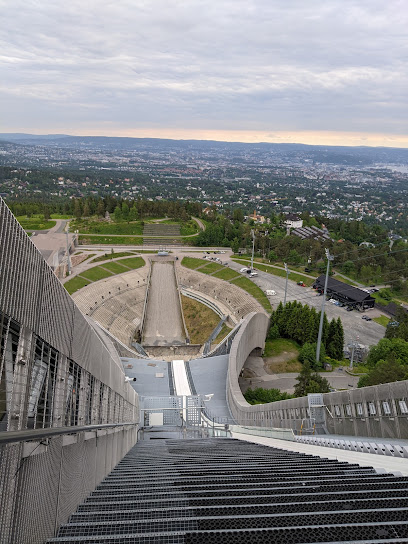
Holmenkollen Panorama
Experience breathtaking panoramic views of Oslo and its stunning surroundings at Holmenkollen Panorama, a must-see observation deck for every traveler.
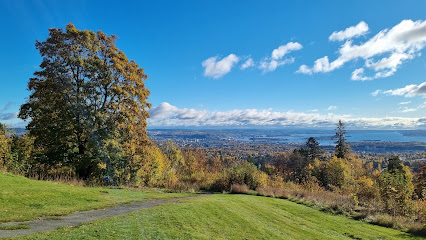
Lavvo Holmenkollen
Experience the cultural richness and breathtaking views at Lavvo Holmenkollen, Oslo's unique tourist attraction blending tradition and nature.
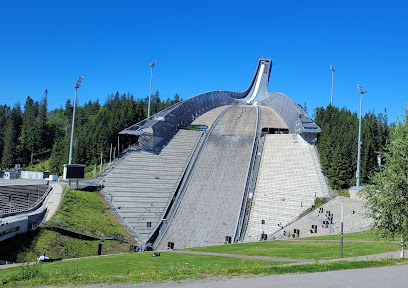
Sculpture of Olav V
Discover the beauty and history of the Sculpture of Olav V in Oslo's Holmenkollen, a must-see tourist attraction celebrating Norway's royal heritage.
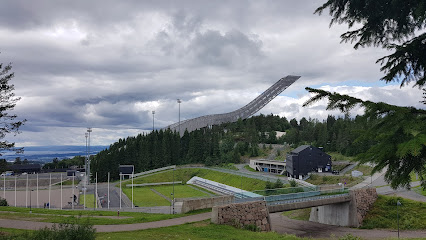
Bunker Holmenkollen
Discover the historical significance and breathtaking views at Bunker Holmenkollen, a must-visit landmark in Oslo, Norway.
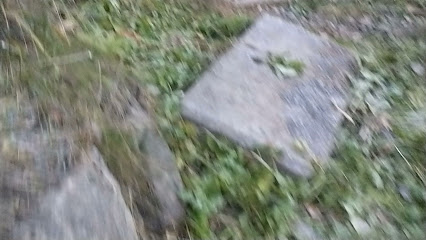
Peisestuen (Holmenkollen)
Experience traditional Norwegian cuisine and breathtaking views at Peisestuen, an iconic gem in Oslo's Holmenkollen area.
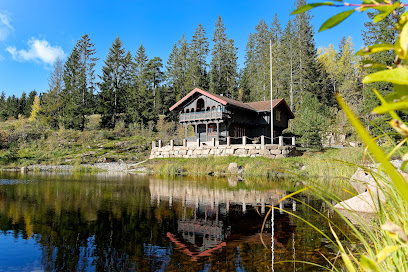
Statue of Colonel Henrik August Angell by Gustav Lærum
Explore the Statue of Colonel Henrik August Angell in Holmenkollen, a stunning historical landmark that offers breathtaking views and rich Norwegian heritage.
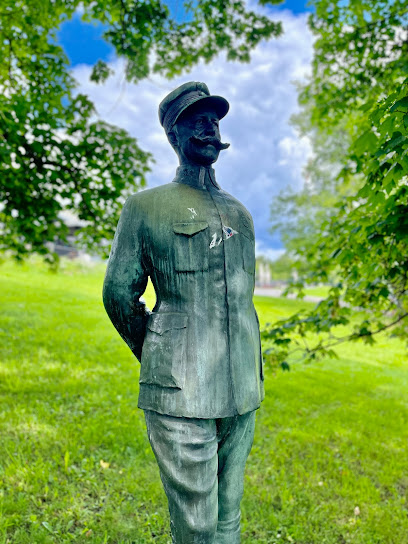
Unmissable attractions to see
Holmenkollbakken
Discover the breathtaking Holmenkollbakken in Oslo, a historic ski jumping hill and museum offering stunning views and rich winter sports culture.
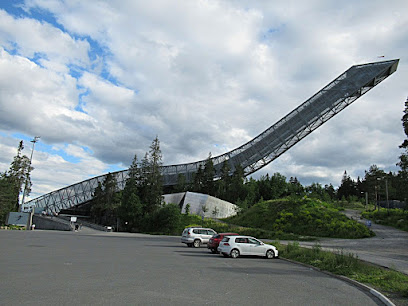
Holmenkollen Ski Museum
Explore Norway's skiing heritage at Holmenkollen Ski Museum, where history meets breathtaking views in Oslo.
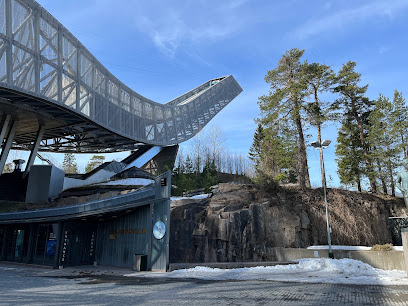
Kollensvevet Zipline & activities in Holmenkollen
Experience the thrill of Kollensvevet Zipline in Holmenkollen, Oslo, where breathtaking views meet exhilarating adventure in Norway's scenic beauty.
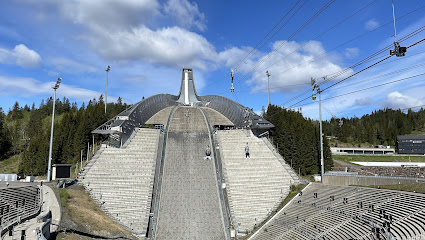
Kragstøtten
Discover the breathtaking vistas of Oslo at Kragstøtten, a scenic spot offering tranquility and stunning views for every traveler.
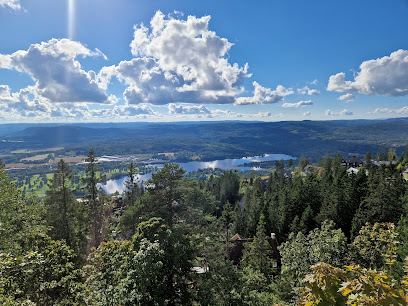
Holmenkollen Nasjonalanlegg
Experience the thrill of Holmenkollen, Oslo's premier ski resort, blending stunning views with rich skiing history and year-round activities.
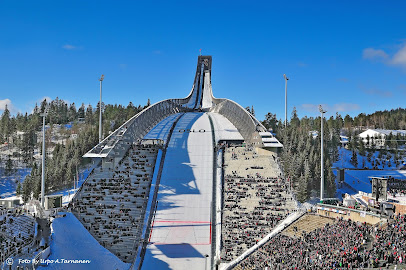
Skisimulator
Experience the thrill of indoor skiing at Skisimulator in Oslo, where winter fun meets state-of-the-art technology for all skill levels.
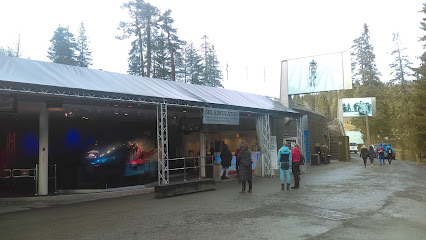
Observation Point at Holmenkollen Park
Discover stunning panoramic views of Oslo and the Oslo Fjord at the iconic Observation Point in Holmenkollen Park, a must-visit destination for tourists.
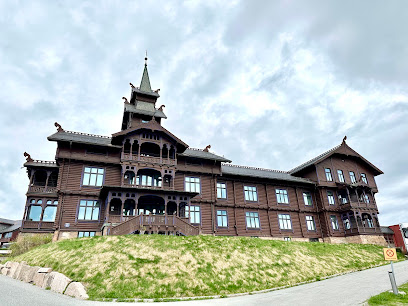
Holmenkollen Panorama
Experience breathtaking views of Oslo and its stunning nature from the Holmenkollen Panorama, a must-visit observation deck in Norway.
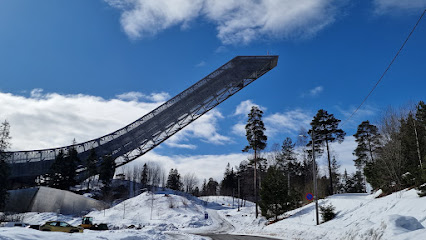
Lavvo Holmenkollen
Discover Lavvo Holmenkollen, where traditional Norwegian culture meets stunning natural beauty in the heart of Oslo.

Sculpture of Olav V
Explore the Sculpture of Olav V in Holmenkollen, Oslo: a magnificent tribute to Norway's royal heritage and a scenic spot for tourists.
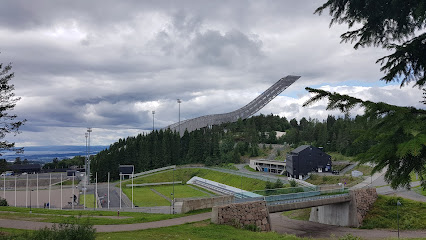
Peisestuen (Holmenkollen)
Experience the charm of Peisestuen at Holmenkollen, where stunning views meet authentic Norwegian cuisine in a cozy atmosphere.
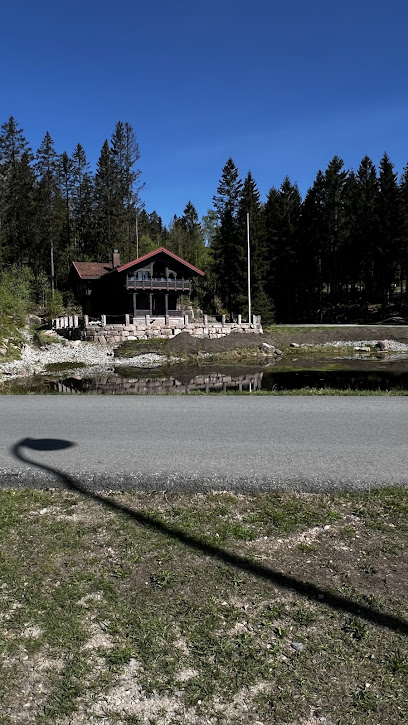
Panorama
Experience breathtaking views of Oslo and its fjords at Panorama, a scenic viewpoint perfect for relaxation and stunning photography.
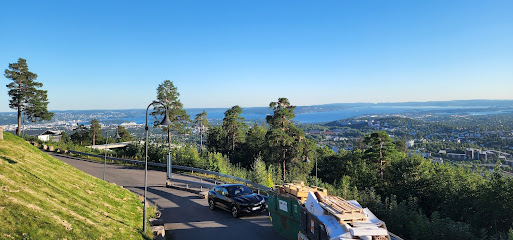
Essential places to dine
Frognerseteren
Experience traditional Norwegian cuisine with stunning views at Frognerseteren - a culinary delight in Oslo's scenic hills.

Lorry Restaurant
Discover authentic Norwegian cuisine at Lorry Restaurant in Oslo – where tradition meets modern culinary art.
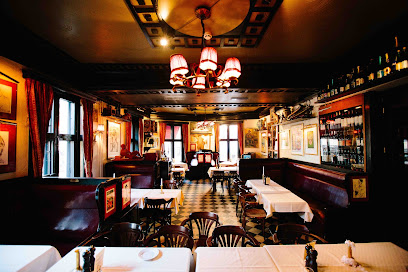
Ekebergrestauranten
Experience fine dining at Ekebergrestauranten in Oslo – where exquisite cuisine meets breathtaking views over the fjord.
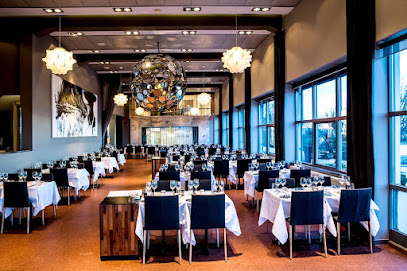
Holmenkollen Restaurant
Experience exquisite Norwegian cuisine with breathtaking views at Holmenkollen Restaurant in Oslo.
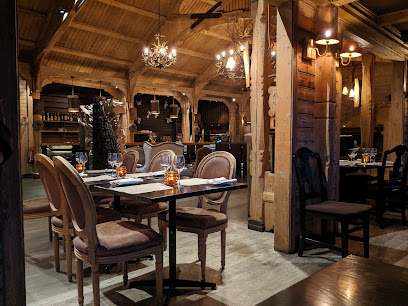
DoorDrop
Experience the essence of Norwegian cuisine at DoorDrop - where traditional flavors meet modern dining in Oslo's scenic Holmenkollen.
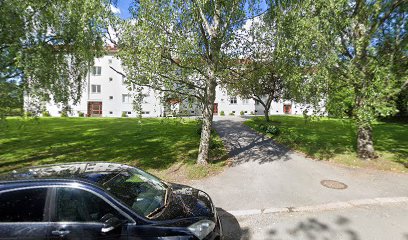
Markets, malls and hidden boutiques
Coop Prix Besserud
Discover a slice of local life at Coop Prix Besserud, a grocery store in Oslo offering fresh produce and unique Norwegian delicacies.

Joker Holmenkollen
Discover Joker Holmenkollen, a charming grocery store in Oslo, offering fresh produce and local delicacies for every traveler.
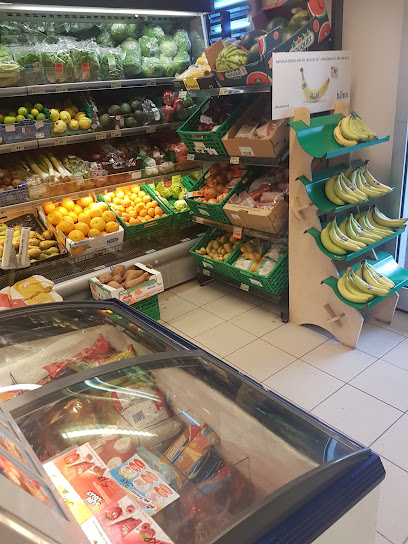
Blomsterloftet
Discover the enchanting world of floral design at Blomsterloftet, Oslo's premier floral boutique offering stunning arrangements and bridal services.
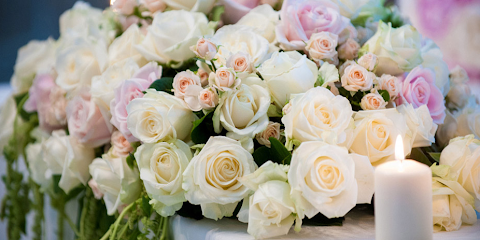
Tommy Larsen
Explore the essence of Norwegian fashion at Tommy Larsen, a premier clothing store in Oslo's scenic Holmenkollen area, offering unique styles for every traveler.
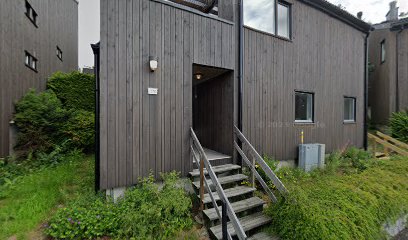
Scandinavian sport
Explore the essence of outdoor adventure at Scandinavian Sport in Oslo, your destination for top-notch sporting goods and expert advice.
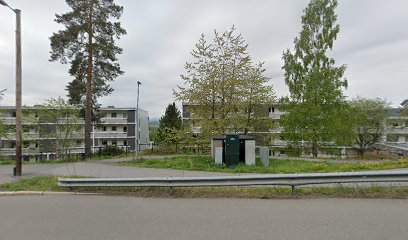
Interiørforum As
Explore Interiørforum As, Oslo's exquisite destination for stylish home goods and interior decor that embodies Scandinavian design excellence.
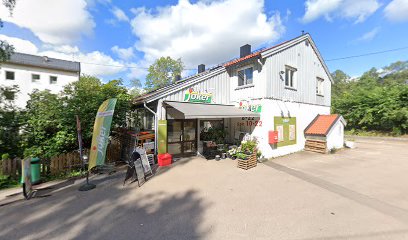
Iskyene As
Discover unique local crafts and souvenirs at Iskyene As, a charming store nestled in the beautiful Holmenkollen area of Oslo.
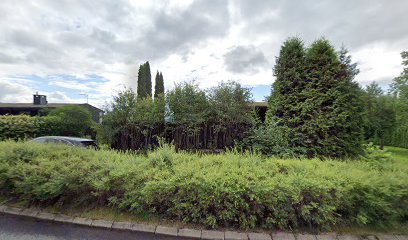
Kristina Landsverk
Discover Kristina Landsverk in Holmenkollen, your reliable pharmacy in Oslo for health, wellness, and local remedies during your travels.

La Petite France AS
Explore La Petite France AS: A unique gift shop in Oslo offering exquisite souvenirs blending Norwegian charm with French elegance.
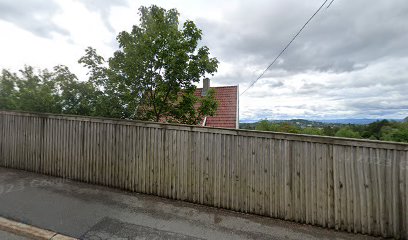
Essential Objects
Explore Essential Objects, Oslo's unique furniture store in Holmenkollen, where design meets functionality for your perfect home decor.
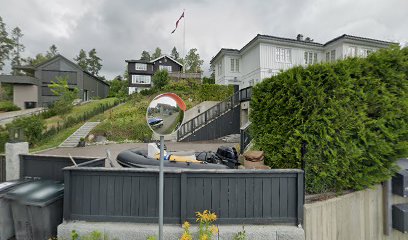
Essential bars & hidden hideouts
Frognerseteren
Discover the essence of Norway at Frognerseteren, where scenic views meet traditional cuisine in the heart of Oslo's nature.
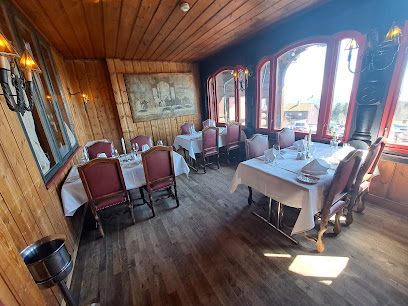
HIMKOK Storgata Destilleri
Discover the art of mixology at HIMKOK Storgata Destilleri, Oslo's premier cocktail bar and cider venue, blending local ingredients with expert craftsmanship.
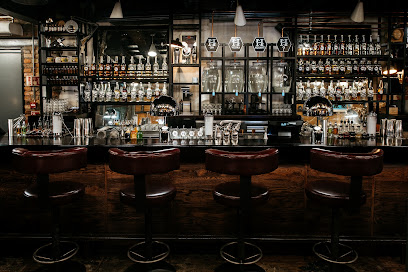
Holmenkollen Restaurant
Discover the breathtaking views and exquisite Norwegian cuisine at Holmenkollen Restaurant, a culinary highlight in Oslo.
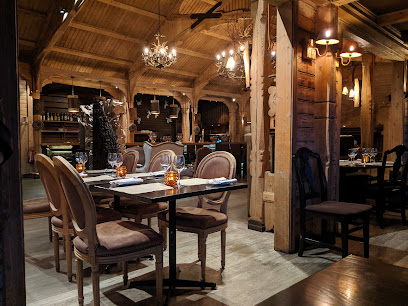
The Highbury Pub
Experience the vibrant atmosphere of The Highbury Pub in Majorstuen, Oslo, offering a cozy retreat and a diverse drink selection for all.
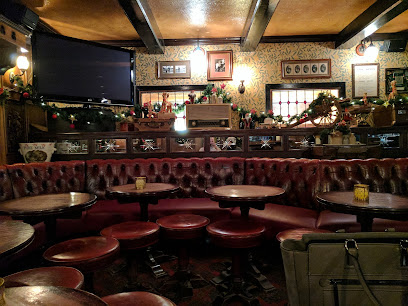
Mysterud Bar
Mysterud Bar in Oslo: A cozy retreat with friendly service and a vibrant drink selection, perfect for unwinding after a day of exploration.
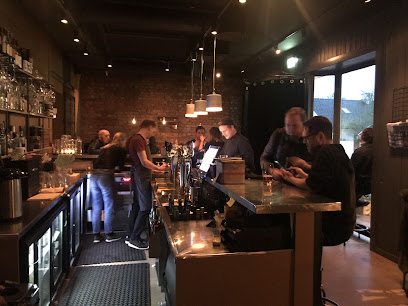
Forest & Brown
Experience the eclectic charm of Forest & Brown, a lively bar in Oslo's Frogner neighborhood, known for its diverse drink menu and inviting atmosphere.
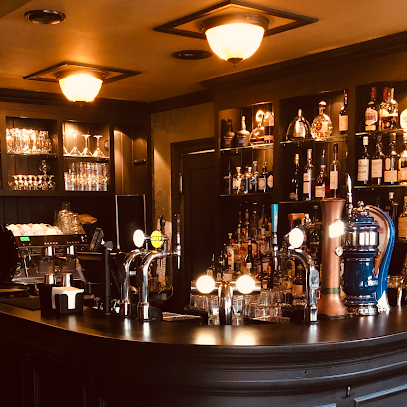
F6 Cocktailbar
Experience the essence of Oslo's nightlife at F6 Cocktailbar, where sophisticated cocktails and vibrant ambiance await your arrival.
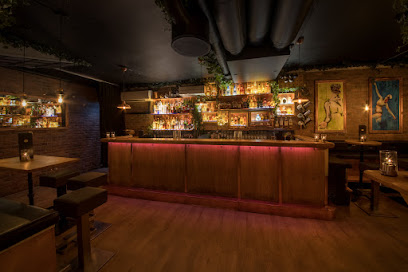
The Pub
Experience the vibrant nightlife at The Pub in Oslo, offering a wide range of cocktails and a welcoming atmosphere for all visitors.
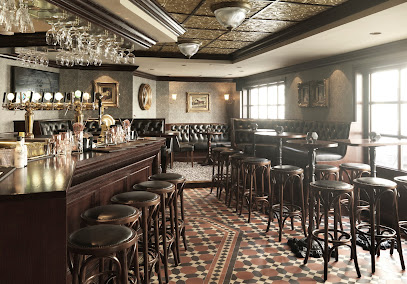
Escape
Discover Escape, the ultimate bar and night club in Oslo, where great drinks, lively music, and a vibrant atmosphere await you.
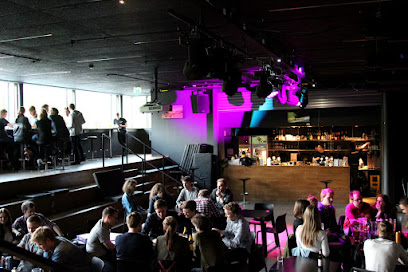
Hippo Social
Experience the pulse of Oslo's nightlife at Hippo Social, a vibrant bar with a diverse drink menu and friendly atmosphere.
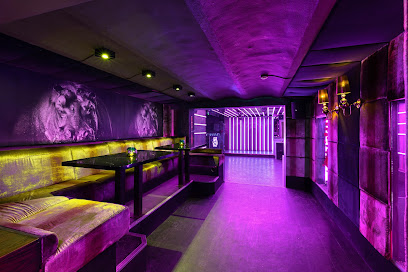
Local Phrases
-
- HelloHei
[hay] - GoodbyeHa det
[ha deh] - YesJa
[ya] - NoNei
[nay] - Please/You're welcomeVær så god
[vair so goh] - Thank youTakk
[tahk] - Excuse me/SorryUnnskyld
[oon-shoold] - How are you?Hvordan har du det?
[vohr-dahn har doo deh] - Fine. And you?Fint. Og du?
[feent oh doo] - Do you speak English?Snakker du engelsk?
[snahk-ehr doo eng-ehlsk] - I don't understandJeg forstår ikke
[yeh for-stohr ee-keh]
- HelloHei
-
- I'd like to see the menu, pleaseJeg vil gjerne se menyen, takk
[yeh veer yern-eh seh mehn-yehn, tahk] - I don't eat meatJeg spiser ikke kjøtt
[yeh spee-ser ee-keh shøt] - Cheers!Skål!
[skohl] - I would like to pay, pleaseJeg vil gjerne betale, takk
[yeh veer yern-eh beh-tah-leh, tahk]
- I'd like to see the menu, pleaseJeg vil gjerne se menyen, takk
-
- Help!Hjelp!
[yehlp] - Go away!Gå bort!
[goh bohrt] - Call the Police!Ring politiet!
[reeng poh-lee-tee-eh] - Call a doctor!Ring en lege!
[reeng ehn leh-geh] - I'm lostJeg har gått meg vill
[yeh hahr goh mair veehl] - I'm illJeg er syk
[yeh ehr sook]
- Help!Hjelp!
-
- I'd like to buy...Jeg vil kjøpe...
[yeh veer shø-peh] - I'm just lookingJeg bare ser
[yeh bah-reh sair] - How much is it?Hvor mye koster det?
[vohr myeh kohs-tehr deh] - That's too expensiveDet er for dyrt
[deh ehr fohr deert] - Can you lower the price?Kan du senke prisen?
[kahn doo sehn-keh pree-sehn]
- I'd like to buy...Jeg vil kjøpe...
-
- What time is it?Hva er klokka?
[vah ehr kloh-kah] - It's one o'clockKlokken er ett
[kloh-kehn ehr eht] - Half past (10)Halv ti
[halv tee] - MorningMorgen
[mohr-gehn] - AfternoonEttermiddag
[et-tehr-mid-dahg] - EveningKveld
[kveld] - YesterdayI går
[ee gohr] - TodayI dag
[ee dahg] - TomorrowI morgen
[ee mohr-gehn] - 1En
[ehn] - 2To
[too] - 3Tre
[treh] - 4Fire
[fee-reh] - 5Fem
[fem] - 6Seks
[seks] - 7Syv
[syv] - 8Åtte
[oh-teh] - 9Ni
[nee] - 10Ti
[tee]
- What time is it?Hva er klokka?
-
- Where's a/the...?Hvor er en/et...?
[vohr ehr ehn/eh...?] - What's the address?Hva er adressen?
[vah ehr ah-drahss-ehn] - Can you show me (on the map)?Kan du vise meg (på kartet)?
[kahn doo vee-seh may (poh kahr-teh)?] - When's the next (bus)?Når går neste (buss)?
[nahr gohr neh-steh (booss)?] - A ticket (to ....)En billett (til ....)
[ehn bee-leht (teel ....)]
- Where's a/the...?Hvor er en/et...?
History of Holmenkollen
-
Holmenkollen's history dates back to the Viking Age, when it was likely used as a hunting ground and lookout point. The area is steeped in folklore, with tales of Norse gods and mythical creatures associated with the surrounding forests and hills, reflecting the deep connection between the landscape and early Norwegian culture.
-
The iconic Holmenkollen Ski Jump, first built in 1892, symbolizes Norway's rich skiing tradition. The jump has undergone several renovations and expansions, becoming a prominent venue for international ski competitions, including the FIS Nordic World Ski Championships, which have been hosted here multiple times since 1930.
-
Holmenkollen gained international attention during the 1952 Winter Olympics held in Oslo. The ski jump played a central role in the Games, showcasing the prowess of Norwegian athletes and cementing Norway's status as a leader in winter sports. The event significantly boosted the area's profile as a winter sports destination.
-
In addition to its sporting legacy, Holmenkollen is home to the Holmenkollen Ski Museum, established in 1923, which is the world's oldest ski museum. It chronicles the history of skiing and its cultural importance in Norway, featuring artifacts that trace the evolution of the sport and its role in Norwegian identity.
-
In recent years, Holmenkollen has seen modern developments, including the installation of a new ski jump in 2010 that integrates advanced technology and sustainability practices. This reflects a broader trend in Oslo and Norway towards environmental awareness and the promotion of outdoor activities in natural settings.
Holmenkollen Essentials
-
Holmenkollen is easily accessible from Oslo's city center. The quickest way to reach Holmenkollen is by taking the Metro (T-bane) Line 1 towards Frognerseteren. Disembark at the Holmenkollen station, which is approximately a 30-minute ride from the city center. Alternatively, you can take bus number 32 from the National Theatre or other central locations, which also takes about 30 minutes. For those preferring a scenic route, consider cycling from downtown Oslo, which can take around 45 minutes to an hour.
-
Holmenkollen is compact and best explored on foot. The area is pedestrian-friendly with well-marked paths and trails. If you prefer to cycle, bike rentals are available in the vicinity, and you can enjoy the beautiful landscape while traveling. Public transport options include the Metro and buses, which connect you to nearby attractions and the city center. Taxis are also available if you prefer a more private mode of transportation.
-
Holmenkollen is generally a safe neighborhood for tourists, but standard safety precautions should always be observed. Avoid walking alone in poorly lit areas at night and keep an eye on your belongings in crowded spots. While Oslo has low crime rates, petty crimes such as pickpocketing can occur in busy tourist areas. It’s advisable to stay alert, especially in crowded public transport.
-
In case of an emergency, dial 112 for police, 113 for medical emergencies, and 110 for fire services in Norway. Familiarize yourself with the location of the nearest hospitals, such as Rikshospitalet, which is a short ride away. Travel insurance is recommended to cover any medical expenses. For minor health issues, pharmacies are readily available in the area.
-
Fashion: Do dress appropriately for the weather, as it can change rapidly. Wear comfortable shoes for walking. Don’t wear overly casual attire when visiting upscale restaurants or the Holmenkollen Chapel. Religion: Do respect local customs and traditions, especially in religious sites. Public Transport: Do validate your ticket before boarding and be courteous to fellow passengers. Don't engage in loud conversations. Greetings: Do greet locals with a friendly smile or a handshake. Eating & Drinking: Do try traditional Norwegian dishes at local restaurants. Don’t eat or drink in public transport.
-
To experience Holmenkollen like a local, visit the Holmenkollen Ski Museum and the iconic ski jump. Take a leisurely hike in the surrounding hills for stunning views of Oslo and the fjord. Join locals at the nearby Frognerseteren, a traditional restaurant that serves Norwegian cuisine. For an authentic experience, try the brown cheese (brunost) and enjoy a cup of hot chocolate after a winter hike. Engage in conversations with locals, who are generally friendly and happy to share tips about the area.
-
Norwegians value personal space and privacy, so it's best to avoid intrusive questions. Do be polite and patient in conversations. When dining out, it’s customary to wait for everyone to be served before starting. Tipping is appreciated but not obligatory; rounding up the bill is a common practice. Always say 'takk' (thank you) after receiving service.
Trending Landmarks in Holmenkollen
Nearby Cities to Holmenkollen
-
Things To Do in Fredrikstad
-
Things To Do in Karlstad
-
Things To Do in Skagen
-
Things To Do in Kristiansand
-
Things To Do in Gothenburg
-
Things To Do in Örebro
-
Things To Do in Frederikshavn
-
Things To Do in Bergen
-
Things To Do in Stavanger
-
Things To Do in Jönköping
-
Things To Do in Aalborg
-
Things To Do in Linköping
-
Things To Do in Västerås
-
Things To Do in Norrköping
-
Things To Do in Molde









